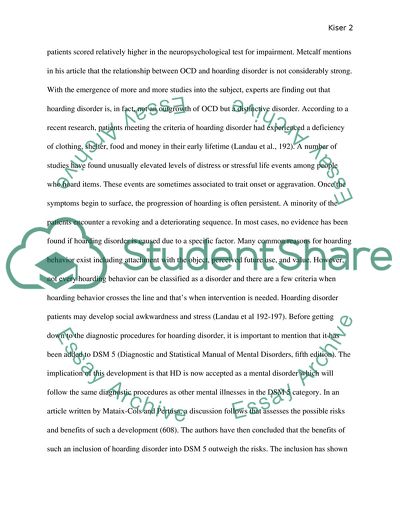Cite this document
(The Problem and Main Aspects of Hoarding Coursework, n.d.)
The Problem and Main Aspects of Hoarding Coursework. https://studentshare.org/psychology/1833993-hoaders
The Problem and Main Aspects of Hoarding Coursework. https://studentshare.org/psychology/1833993-hoaders
(The Problem and Main Aspects of Hoarding Coursework)
The Problem and Main Aspects of Hoarding Coursework. https://studentshare.org/psychology/1833993-hoaders.
The Problem and Main Aspects of Hoarding Coursework. https://studentshare.org/psychology/1833993-hoaders.
“The Problem and Main Aspects of Hoarding Coursework”. https://studentshare.org/psychology/1833993-hoaders.


